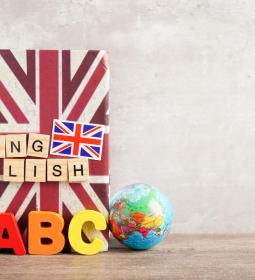Lakes are huge bodies of water with incredible landscapes. The area and volume of some lakes can vary significantly over time, both from season to season and from year to year. This is especially true for salt lakes in arid climates. In our TOP - 10 largest lakes in the world.
Great Slave Lake
- Area: 27,200 km².
The second largest lake in the Northwest Territories of Canada, the deepest lake in North America and the tenth largest lake in the world. In some of the plains surrounding the Great Slave Lake, polygonal swamps have formed. South of a beautiful lake in a remote corner of Wood Buffalo National Park is the American Crane Summer Ridge.
Malawi
- 29,500 km².
Also known as Lake Nyasa in Tanzania and Lago Nyasa in Mozambique. It is the Great African Lake and the southernmost lake in the Rift Valley system, located between Malawi, Mozambique and Tanzania. The extremely beautiful lake is home to more fish species. Part of the lake in Mozambique is a national reserve.
Big Bear Lake
- 31,000 km².
A lake in the northern forests of Canada, the largest lake in the country. It is the fourth largest lake in North America and the eighth largest lake in the world. Grizzly Bear Mountain by the lake comes from the word Chipewyan , which means " big bear ."
Baikal
- 31,500 km².
An ancient massive lake in the mountainous Russian region of Siberia, north of the border with Mongolia, is considered the deepest in the world. It is surrounded by a network of hiking trails called the Great Baikal Trail. The seventh largest lake in the world was declared a World Heritage Site by UNESCO in 1996.
Lake Tanganyika
- 32,900 km².
The Great African Lake: the second largest freshwater lake in the world, second in volume and second in depth. It is the longest freshwater lake in the world, divided between Tanzania, the Democratic Republic of the Congo (DRC), Burundi and Zambia. It flows into the Congo River system and eventually into the Atlantic Ocean. One of the most beautiful lakes in the world is located in the Albertina Fault, the western branch of the East African Rift, and is bounded by the mountain walls of the valley.
Michigan
- 58,000 km².
The famous lake in North America is the second largest and the third largest in the world. 12 million people live on the shores of the amazing Lake Michigan, mostly in the metropolitan areas of Chicago and Milwaukee.
Huron
- 59,600 km².
One of the five Great Lakes of North America. Hydrologically, it includes the eastern part of Lake Michigan-Huron. It is divided in the north and east by the Canadian province of Ontario, and in the south and west by the state of Michigan. Saginaw Bay is located across the lake to the southwest.
Victoria
- 68,800 km².
Named after Queen Victoria by colonizer John Hanning Speke in his records, he was the first British person to document Victoria. The largest lake in Africa and the largest tropical lake in the world.
Upper
- 82 103 km².
A large freshwater lake shared by the Canadian province of Ontario in the north, the American state of Minnesota in the west, and Wisconsin + Upper Michigan in the south.
Caspian Sea
- 371,000 km².
The Caspian Sea is the world's largest inland body of water. It is an Endorean basin (basin without outflows) located between Europe and Asia, east of the Caucasus Mountains and west of the wide steppe of Central Asia. It covers 5 countries and is one of the most beautiful natural bodies of water on Earth.









